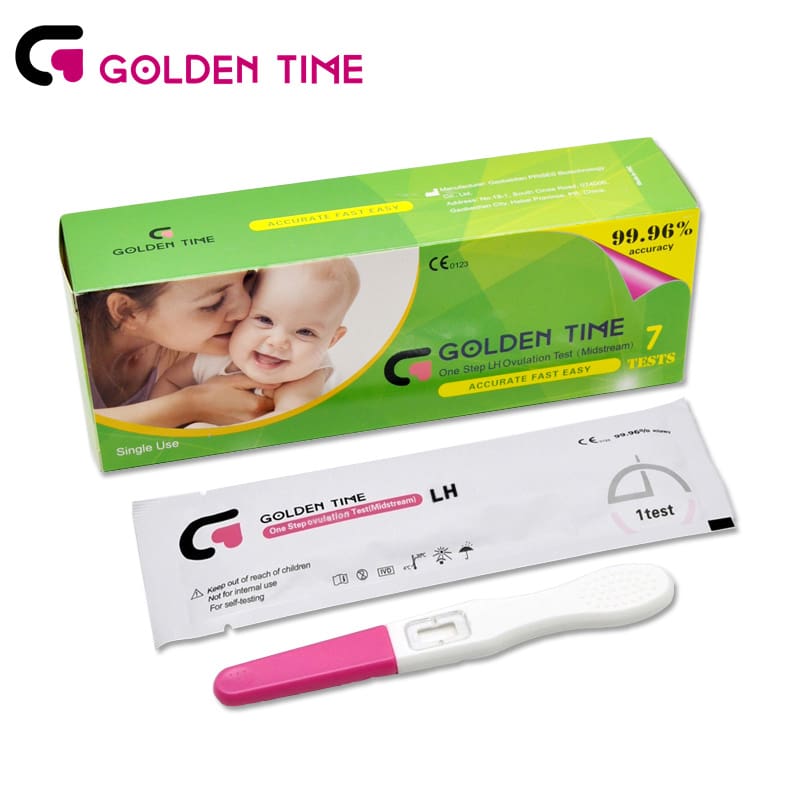Tet . 20, 2024 06:45 Back to list
h pylori diagnosis
Diagnosis of Helicobacter pylori Infection
Helicobacter pylori (H. pylori) is a gram-negative bacterium that primarily resides in the human gastric mucosa. Its discovery in 1982 by Barry Marshall and Robin Warren was pivotal in understanding the etiological role of this microorganism in various gastrointestinal diseases, particularly peptic ulcers and chronic gastritis. The accurate diagnosis of H. pylori infection is crucial since it is often associated with significant health complications, including gastric cancer. This article explores the various methods used to diagnose H. pylori infection, highlighting their effectiveness, advantages, and limitations.
Clinical Presentation
Before diving into diagnostic methods, it is essential to understand the clinical context. Many individuals infected with H. pylori are asymptomatic. However, when symptoms do manifest, they may include abdominal pain, bloating, nausea, and, in more severe cases, bleeding due to peptic ulcers. Patients with these symptoms often seek medical evaluation, prompting healthcare providers to consider H. pylori testing.
Diagnostic Methods
a. Urea Breath Test (UBT) The urea breath test is one of the most common non-invasive methods for diagnosing H. pylori. It relies on the bacterium's ability to hydrolyze urea, producing ammonia and carbon dioxide. In this test, the patient ingests a labeled urea solution. If H. pylori is present, it will break down the urea, releasing labeled carbon dioxide, which can be detected in the patient's breath. The UBT is highly sensitive and specific, providing rapid results.
b. Serology Blood tests for antibodies against H. pylori can also be used. However, while serological testing is convenient, it has limitations. The presence of antibodies may indicate past infection rather than an active one, making it less reliable for current diagnosis. Moreover, serology often remains positive long after the infection has been eradicated.
c. Stool Antigen Test This test detects H. pylori antigens in the stool. It is non-invasive and has a high sensitivity and specificity. Stool antigen testing is particularly useful for confirming eradication after treatment.
h pylori diagnosis

2. Invasive Tests
a. Endoscopy with Biopsy In patients with persistent symptoms or those at high risk for gastric cancer, gastrointestinal endoscopy may be recommended. During the procedure, a gastroenterologist can obtain biopsy specimens from the gastric mucosa. The biopsy can be analyzed using various methods, including histology, culture, and rapid urease testing. While endoscopy is more invasive and typically more expensive, it allows for direct visualization of potential complications, such as ulcers or malignancies.
b. Rapid Urease Test This test can be performed on biopsy specimens taken during endoscopy. It detects urease activity directly, producing color change in the presence of H. pylori. The rapid urease test is quick and provides immediate results but can yield false negatives if the bacterium is present in low numbers.
Choosing the Right Diagnostic Method
Selecting an appropriate diagnostic method often depends on several factors, including the patient’s clinical presentation, risk factors, previous treatments, and the availability of tests. The UBT and stool antigen tests are commonly chosen for non-invasive screening in symptomatic patients. On the other hand, invasive methods like endoscopy are typically reserved for those with alarming symptoms or complications.
Conclusion
The diagnosis of H. pylori infection is a critical aspect of managing gastrointestinal disorders. With various diagnostic options available, healthcare providers can select the most appropriate method tailored to each patient’s needs. It is essential to consider the strengths and limitations of each test to ensure accurate diagnosis and effective treatment. As our understanding of H. pylori evolves, continued research and development of diagnostic methods will further enhance our ability to manage this prevalent infection and mitigate its associated health risks.
In summary, accurate diagnosis of H. pylori is essential for effective treatment and management of related disorders. A combination of clinical judgment, patient history, and appropriate diagnostic testing can lead to improved outcomes for individuals suffering from H. pylori-related gastrointestinal diseases.
-
Highly Accurate hCG Pregnancy Test Strips - 5 Min Results
NewsAug.02,2025
-
Premium Empty ABS Plastic Cassettes: Durable & Lightweight Storage
NewsAug.01,2025
-
Accurate Cocaine (Coc) Rapid Test Kit | Fast & Reliable Detection
NewsJul.31,2025
-
Accurate HCG Pregnancy Test Strips | Fast Home Use Kit
NewsJul.31,2025
-
Reliable Early Pregnancy Test Kit Supplier - Multi Plastic Cassette Options
NewsJul.30,2025
-
Transferrin Rapid Test Cassette – Reliable Tumor Marker Detection
NewsJul.29,2025

